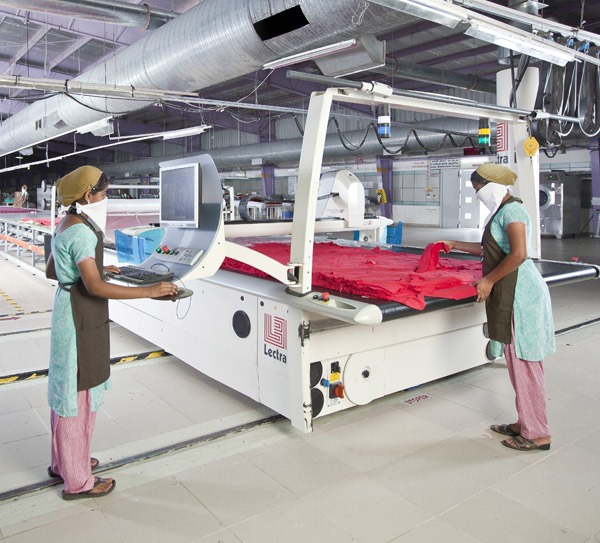
Tirupur, India’s foremost textile hub is now on the verge of becoming a net zero manufacturing cluster. This is a remarkable story of a cluster making the transition from having the most-polluting textile value chain to becoming carbon neutral. It also presents a great example of how all stakeholders have come together and worked steadily for a decade to achieve this.
When we think of reducing emissions, we picture governments coming together at world summits, nationally determined contributions, national policies, global environmental movements etc. that seem quite displaced from “practical” realities of everyday life. In emerging economies in particular, conversations tend to focus on issues of Green Finance, Loss and Damage and initiatives that need global consensus, which has not always been easy to achieve. Conceptualising what Net Zero would look like in a country like India in brick and mortar is often a challenge for most. Tirupur, in the southern Indian state of Tamil Nadu, has now emerged as an ideal example of setting these goals in motion.
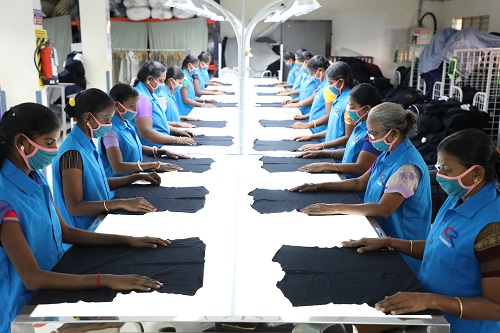
A bustling industrial town with approximately 25 lakh people in the district, Tirupur is one of the foremost textile manufacturing hubs in the country. It accounts for more than 50% of India’s textile exports through more than 28,000 manufacturing units in the area involved in various processes of the textile value chain. The textile industry traditionally involves energy and water intensive processes, large greenhouse gas (GHG) emissions and have a significant resource demand. With a large concentration of units, Tirupur, embodied the hard choice that several clusters in the developing world face between addressing climate change issues and operating profitably. In 2011, the Madras High Court even ordered the closure of all dyeing and bleaching units in Tirupur for non-compliance with zero liquid discharge norms of the State and pollution of the Noyyal river. 11 years later, through the use of sustainable technology and energy efficient practices, Tirupur is on its way to becoming a carbon neutral cluster in the coming months. Tirupur is currently a completely `Zero Liquid Discharge’ garment cluster where the water used by its dyeing and processing units are treated at common affluent treatment plants and reused. This was possible only through a network of government and private bodies working together to achieve a common goal.
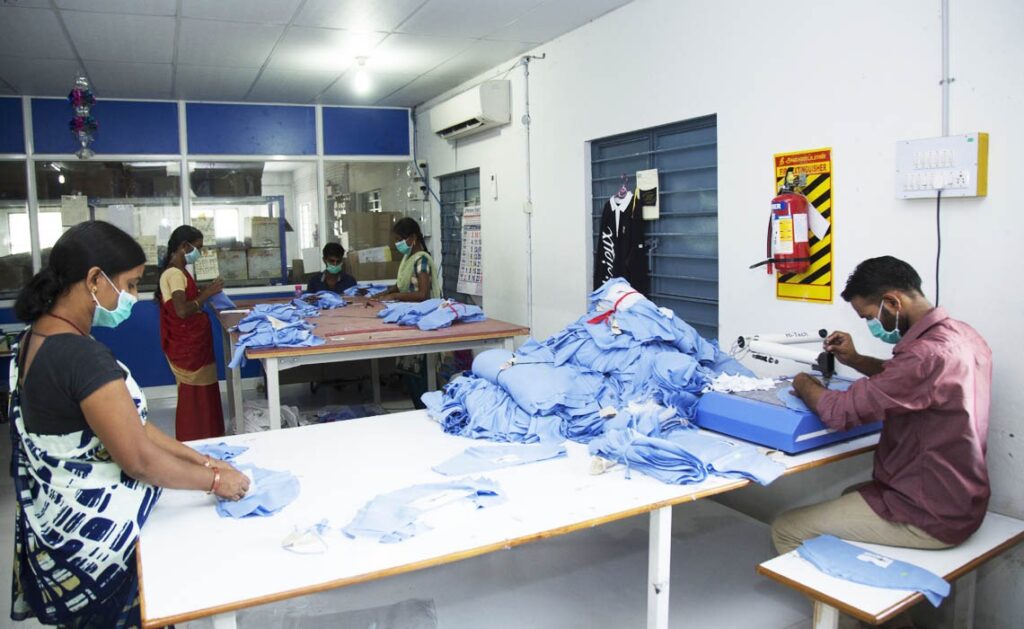
Technology Information Forecasting and Assessment Council (TIFAC – a government body), under its MSME program, has worked in Readymade Garment Cluster, Tirupur for about ten years starting with the Technology Gap Analysis and moving on to upgradation of technology and design aspects, which led to interventions such as skill development, machine up-gradation, energy efficiency, Zero-Liquid-Discharge etc. Professor Pradeep Srivastava from TIFAC said, “… a strong concerted effort is needed towards Technology identification and translation towards Effective Energy conservatism models, Carbon reduction processes, Green Technologies at an affordable costs and viability. TIFAC, with its experience in MSME clusters across India has taken the initiative of first time Assessment and Evaluation of Carbon Impact of the processes at Tirupur cluster, along with ISC with the objective of Decarbonisation of the cluster.
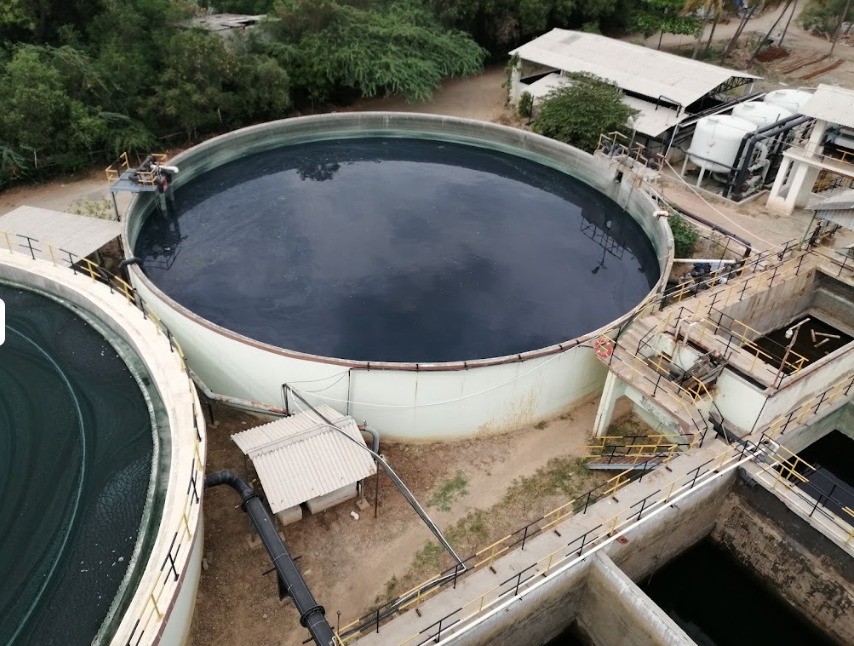
The Tirupur Exporters Association (TEA) has also made investments in wind and solar power and are using renewable energy for various stages of knitwear production. The units have also undertaken massive tree plantations in and around Tirupur city to offset environmental emissions. Simultaneously, to make the cluster more sustainable, they have started recycling garment-cut waste, pet bottles and replacing chemical dyes with vegetable dyes. The cluster has also achieved a Zero Liquid Discharge (ZLD) system through Common Effluent Discharge Plants (CETPs). Tirupur currently has 300 dyeing units attached with 18 Common Effluent Treatment Plants (CETPs) and 60 dyeing units with their own Individual Effluent Treatment Plants (IETPs). The CETPs and IETPs in Tirupur have successfully implemented Zero Liquid Discharge (ZLD). Every day 18 CETPs are recycling 100 MLD of water and 60 IETPs recycle 20 MLD of water. The effluent is treated to recover 94 per cent of water, which is resent for processing. The remaining 6 per cent is recovered as salt solution or salt to reuse for process. This is particularly significant as the region has faced water scarcity in the past, and with growing impact of climate change, sustainable use of water is essential for the area
The units have also installed both solar power plants and wind energy generators. This generates 1,600 KVA power per day, whereas the power consumption of the industry in the Tirupur cluster is about 250 KVA only, making these units power surplus. The overall power consumption of entire Tirupur district is 650 KVA and the excess green power produced by the textile units is distributed through Tamil Nadu Power Grid. Other initiatives include rainwater harvesting and `Vanathukul Tirupur’, a mass tree plantation drive by an NGO called VETRY, which, with the support of Tirupur garment units, has planted 15 lakh saplings in the last 8 years.
The Institute for Sustainable Communities (ISC) launched a technology showcase platform for MSMEs called “Innovative Clean Energy Technology Platform” or ICET, in collaboration with TIFAC. It was held at TEA’s office in June 2022, in partnership with World Resources Institute and Tirupur Dyers’ Association. The common interactive platform allowed innovators, entrepreneurs, start-ups, technology providers, investors, and MSMEs to connect and work with one another to formalise and provide an enabling ecosystem for the SME sector to promote clean technology. This platform established a vital link for the commencement of low-carbon manufacturing in the Tirupur textile industry and helped sensitise MSMEs about the latest available clean technologies. Government and private financial institutions were also invited, to highlight on funding possibilities for adoption of the clean technologies by the MSMEs.

The advantages of net zero transition touch not only upon profitability and environment but also on equity. Ms. Megha Nath of ISC said, “With over 50% of women workers among the 400000 workers in the Tirupur garment industry cluster, it brings a unique opportunity to be India’s first role model manufacturing cluster to achieve gender equitable net zero commitments. Opening doors to many more international brands who are now becoming ESG conscious.”
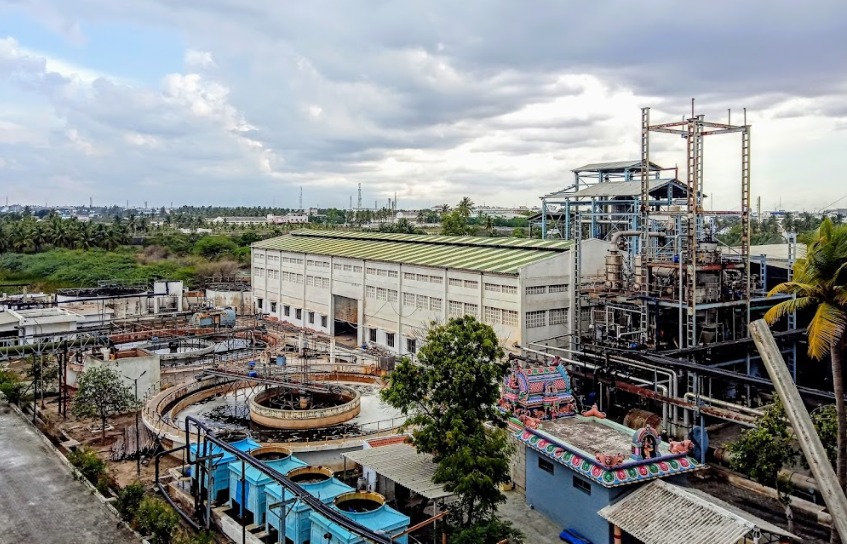
The Tirupur model, offers a unique instance of all stakeholders, including industry, workers, clean technology start-ups, investors, civil society, and government coming together to successfully pivot a cluster that was faced with the threat of falling on the wrong side of climate change regulations or closing down altogether. Today, it is transforming into the nation’s first net zero textile manufacturing cluster. This preserves jobs, export potential and economic growth in a sustainable manner and enables major cost and energy savings. Tirupur provides us with a real-world illustration of how fossil fuel intensive and environmentally unsustainable industries and sectors, can navigate the seemingly dichotomous choice between growth and climate change, through the use of technology. This approach provides a scalable and financially as well as environmentally sustainable solution to the challenges of industries in the Global South. Climate Finance and Loss and Damage were among the most important issues highlighted at COP27 at Sharm Al Shaikh this year. While policymakers in the developing world tackle the issue of how to ensure sufficient funds are available for Climate Change adaptation and mitigation, Tirupur gives us a glimpse of the concrete uses these funds can be put to on the ground.